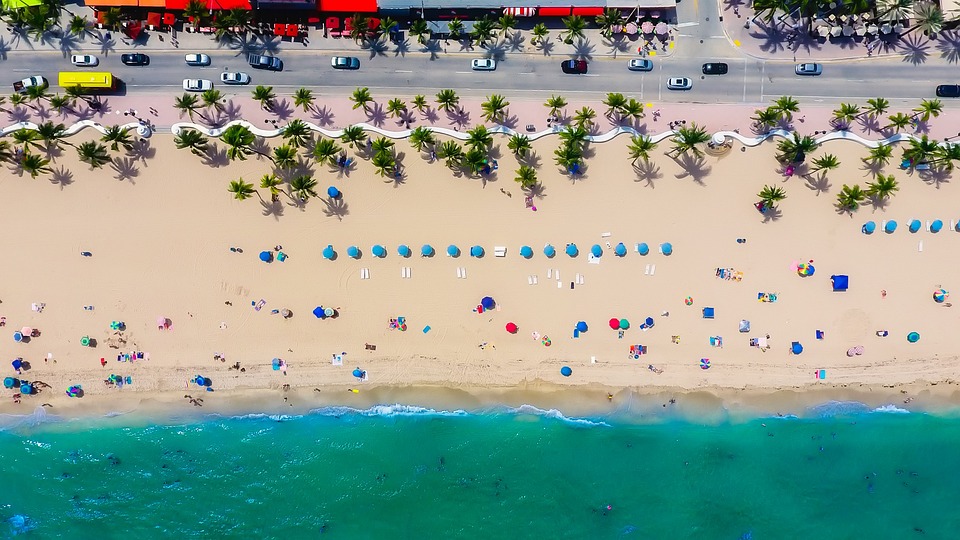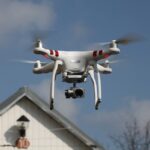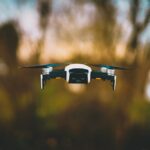In recent years, drones have become increasingly popular for both recreational and commercial use. However, with this rise in popularity comes the need for drone regulations to ensure the safety and security of the skies. As a drone pilot, it is essential to be aware of and adhere to these regulations to avoid fines, penalties, or even legal consequences. Here’s what every drone pilot needs to know when navigating drone regulations.
First and foremost, it’s crucial to understand that drone regulations can vary depending on where you are flying. Different countries, states, and cities may have their own set of rules and restrictions when it comes to operating a drone. It is important to research and familiarize yourself with the specific regulations in the area you plan to fly your drone.
In the United States, the Federal Aviation Administration (FAA) has established guidelines for operating drones. These guidelines include requirements such as registering your drone with the FAA, obtaining a remote pilot certificate for commercial use, and following airspace restrictions and flight rules. Failure to comply with these regulations can result in fines or legal action.
One of the most important regulations for drone pilots to be aware of is the requirement to fly within visual line of sight. This means that you must be able to see your drone at all times while in flight. Flying beyond visual line of sight is not only dangerous but also illegal in most cases.
Additionally, drone pilots should be aware of restrictions on flying near airports, military installations, and other sensitive areas. It is important to check for any temporary flight restrictions (TFRs) in the area before flying your drone to ensure compliance with all airspace regulations.
Another key regulation for drone pilots is obtaining the necessary permissions for flying in controlled airspace. This may involve obtaining clearance from air traffic control or submitting a flight plan in advance. Failure to comply with these requirements can result in serious consequences, including jeopardizing the safety of other aircraft in the airspace.
In addition to federal regulations, drone pilots should also be aware of any local ordinances or regulations that may apply to drone operations. Some cities and counties have established their own rules for operating drones, such as prohibiting flights in public parks or restricting drone use in certain areas.
Overall, navigating drone regulations can be challenging, but it is essential for ensuring the safety and security of the airspace. By staying informed and following all applicable regulations, drone pilots can enjoy flying their drones while minimizing the risk of accidents or legal issues. Remember to always fly responsibly and respect the rules and regulations in place to protect the skies for everyone.





